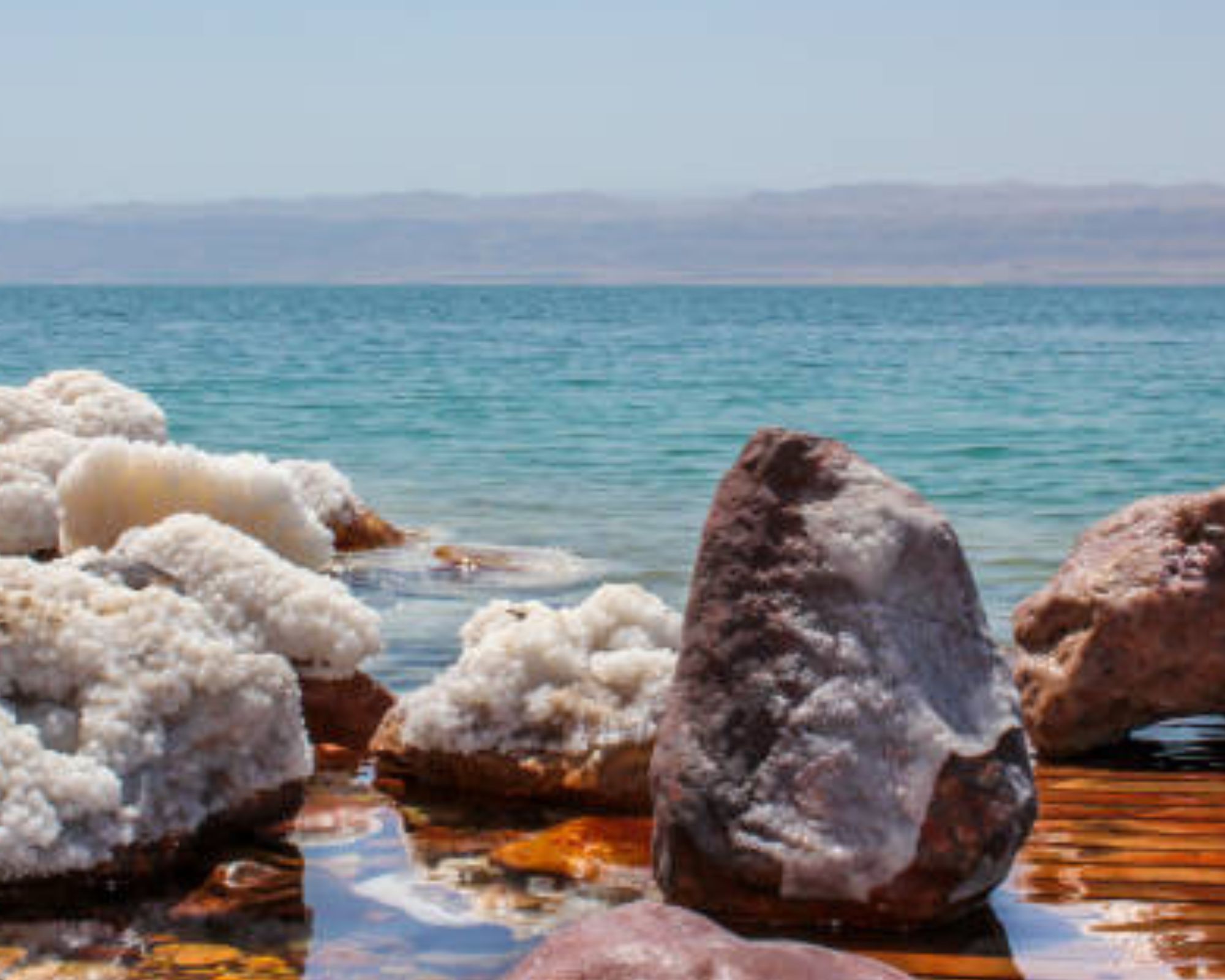Introduction
The Dead Sea, a remarkable geological marvel and historical treasure, holds a distinct place among the world’s natural wonders. Nestled between Jordan to the east and Israel to the west. This mesmerizing saltwater lake is unlike any other body of water on the planet. With its high salinity and therapeutic properties, the Dead Sea has attracted visitors from far and wide for thousands of years. In this article, we will delve into the fascinating aspects of the Dead Sea, exploring its unique features, environmental significance, historical importance, and the challenges it faces today.
1. Geology and Formation
The Dead Sea, also known as the Salt Sea,
is a saltwater lake situated at the lowest point on Earth’s surface, approximately 430 meters (1,411 feet) below sea level? Its distinct geographical location is part of the Great Rift Valley, a tectonic trench stretching from Turkey to Mozambique.
The Dead Sea
has formed millions of years ago as a result of the tectonic forces that caused the Arabian and African plates to drift apart, leading to the creation of the Jordan Rift Valley. Over time, water from the Jordan River and other tributaries filled this elongated depression, resulting in the unique, landlocked saltwater lake we see today.
2. Salinity and Mineral-rich Waters
One of the most remarkable features of the Dead Sea,
is its incredibly high salinity level, reaching approximately 33.7%, nearly ten times saltier than regular seawater. This exceptional concentration is due to the low water inflow and high evaporation rates in the region.
As water flows into the Dead Sea from the Jordan River, it carries dissolved salts with it. However, with no outlet, these salts remain trapped and accumulate over time. The only way water leaves the Dead Sea is through evaporation, leaving the minerals behind and further increasing its salinity.
In addition to its high salt content,
the Dead Sea is rich in various minerals such as magnesium, potassium, calcium, and bromide, among others. These minerals have gained global recognition for their therapeutic properties, making the Dead Sea a prominent destination for health and wellness tourism.
3. Historical Significance and Biblical References
History of the Dead Sea,
is intertwined with ancient civilizations and biblical references. The shores of the Dead Sea have witnessed the rise and fall of several empires, including the Egyptians, Assyrians, and Babylonians. The region around the Dead Sea is believed to be the location of the infamous cities of Sodom and Gomorrah, mentioned in the Bible’s Book of Genesis.
Additionally, the Dead Sea,
its healing properties have been documented throughout history. Herod the Great, the famous Roman client king of Judea, recognized the therapeutic benefits of the Dead Sea. And established one of the world’s first-known health resorts around its shores.
4. Tourism and Health Benefits
it has evolved into a world-renowned tourist destination,
attracting millions of visitors each year. People from all corners of the globe come to experience it. Unique buoyancy is provided by the high salt concentration, making swimming in the Dead Sea an unforgettable experience. Mineral-rich mud found along the shores is also popular for its cosmetic and therapeutic uses. WithMany many visitors apply it to their skin to nourish and revitalize it.
Moreover, the region has become a hub for health and wellness tourism. The mineral-rich waters and black mud have been attributed to providing relief for various skin conditions such as psoriasis, eczema, and acne. Visitors often seek treatments and spa therapies that utilize these natural resources to improve their overall well-being.
5. Environmental Concerns
Despite its historical significance and unique properties, the Dead Sea faces severe environmental challenges. One of the primary issues is the dramatic reduction in water inflow from the Jordan River due to human interventions upstream. Increased water consumption, and agricultural irrigation. Dam construction has significantly reduced the river’s flow, leading to a rapid decline in the Dead Sea’s water level.
As the water level drops, it leads to sinkholes forming around the lake’s shores, posing a threat to infrastructure and ecosystems. The sinkholes are caused by the dissolution of underground salt layers, resulting in the collapse of the ground above. These sinkholes have damaged roads, buildings, and agricultural land, impacting the livelihoods of local communities.
Conclusion
Dead Sea’s unique characteristics and historical significance make it a true wonder of the natural world. Its high salinity, mineral-rich waters, and healing properties continue to attract tourists seeking a distinctive experience and improved well-being. However, the environmental challenges it faces highlight the delicate balance between nature and human intervention. Preserving the Dead Sea’s ecological integrity and ensuring its sustainability for future generations remains. A crucial responsibility for all those who admire and benefit from this extraordinary natural treasure. As travelers and global citizens, let us strive to protect and cherish this ancient wonder of the world.
